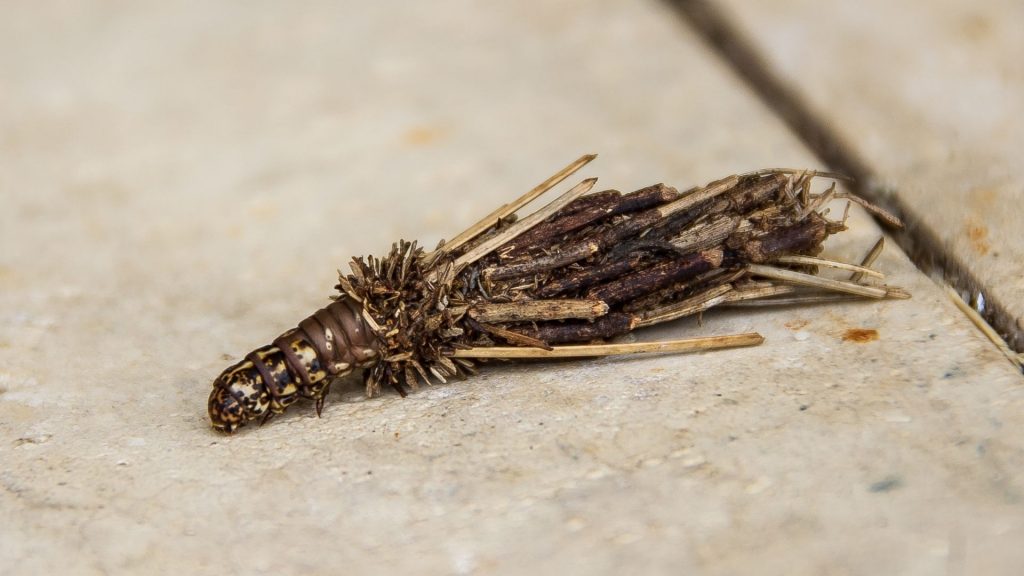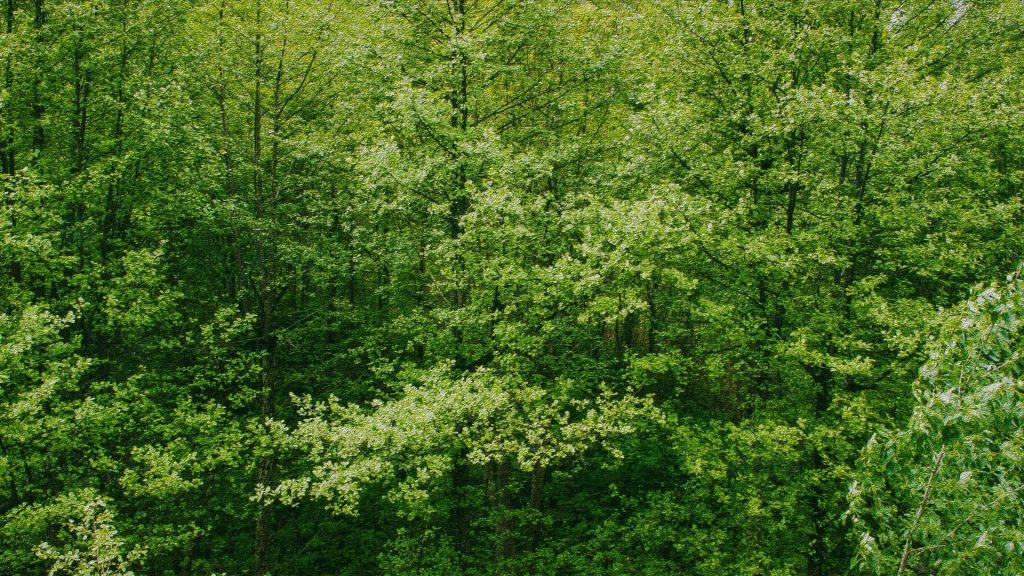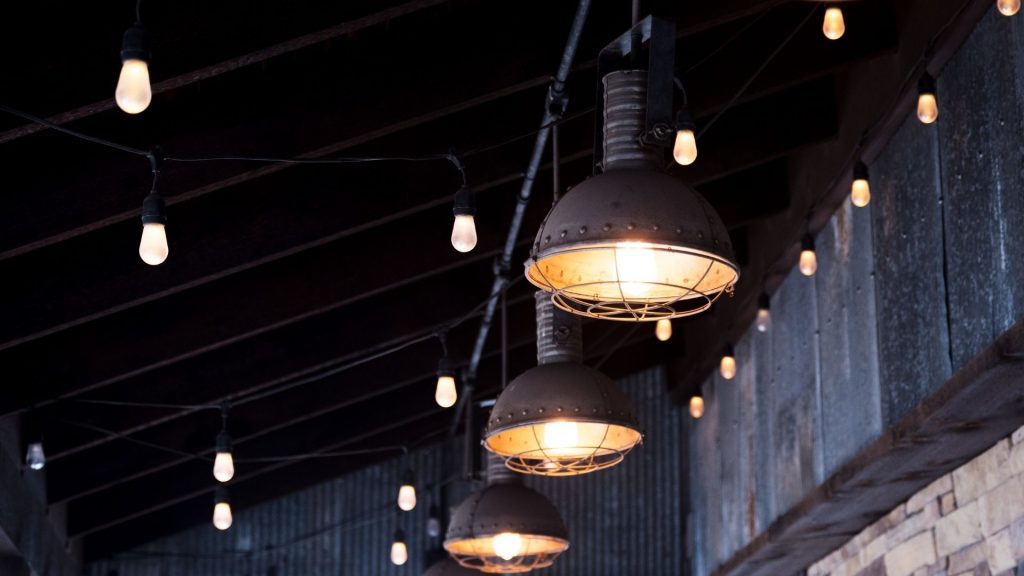Plaster bagworms can cause damage to items in your home and to the house itself. How do you get rid of plaster bagworms in and around your home?
How to get rid of plaster bagworm? To get rid of plaster bagworms, you can vacuum them and the debris they eat, attract birds that will feed on them, and spray pesticides or natural solutions containing essential oils. However, regular cleaning is one of the most effective ways to eliminate and repel plaster bagworm infestations.

This article will detail all the information you need about plaster bagworms, including basic information about the insects and how to get rid of them.
What Are Plaster Bagworms?

Plaster bagworms are a type of caterpillar that eventually turns into a moth. They’re notorious for gathering household materials to create a case that the vulnerable larvae live in.
The plaster bagworm is a common household pest in areas with high humidity and can be found on trees, exterior walls, garages, and sometimes even inside homes.
What Does a Plaster Bagworm Look Like?

Plaster bagworms resemble tan or cream-colored caterpillars in their larval stage, where they construct cases. When mature, a plaster bagworm is a small and dark moth, sometimes confused with a clothes moth. These moths are covered in a coat of very fine dark hair.
A plaster bagworm case is similar to pumpkin seeds, with a broad middle and tapered ends where the bug enters—slits on the ends open to accommodate the caterpillar, dragging the case around as it forages.
This case varies in appearance depending on the types of materials used to build it – this can be chipped paint, silk, wool, sand, plaster, or other household materials.
Bagworm cases can appear camouflaged against paint as paint chips are used to construct them. You can find cases on walls, corners, crevices, and even hanging from ceilings.
Plaster Bagworm Life Cycle
Plaster bagworms start as caterpillar-like larvae that hatch in the early summer. They roam around with their cases in search of food – random debris, spiderwebs, fabrics, plaster, and even furniture. These can also be used as materials for their cases, matching whatever is present in their environment.
By fall, the plaster bagworms will mature and grow into tiny and dark furry moths that lay eggs in unattended and humid nooks and crannies.
Where Do Plaster Bagworms Live and Come From?

Plaster bagworms often move into places with lots of humidity, and detritus which they can eat and use as materials for their cases.
Plaster bagworms are a prevalent pest in Florida as well as coastal areas in bordering states – the coastal proximity provides a high degree of humidity.
Plaster bagworms are often found on trees outside, where they can hide for a very long time if you don’t know what to look for. The infestation can become noticeable if the infestation progresses far enough, where deforestation of trees and shrubs can be seen.
What Do Plaster Bagworms Eat?

Plaster bagworms eat a lot of household materials, which is why they’re such a pest. Bagworms can eat many materials, such as hair, spiderwebs, silk, wool, fabric, wood, plaster, and insect carcasses. Many of the materials that the plaster bagworm eats can also become material for its cases.
The things mentioned above are far from the only things they eat – bagworms adapt and eat whatever random detritus is available where they spawn.
Plaster bagworms can also eat their cases to get nutrition in the absence of other materials in their environment – the cases are, after all, made of the same things they eat.
Are Plaster Bagworms Harmful?
Plaster bagworms aren’t harmful because they can’t hurt humans or pets, but they’re harmful in destroying property. Large numbers of plaster bagworms can quickly eat many materials and cause structural instabilities, such as in plaster, stucco, and other surfaces.
Chipped paint is a common sign of a plaster bagworm infestation, and they’ll use it to disguise their bags in corners and crevices. Check high up above kitchen cabinets and in lower corners, as well as other areas you may not check very often. These neglected areas can harbor plaster bagworms as well as other common household pests.
Do Plaster Bagworms Bite?
Plaster bagworms are a destructive nuisance. However, they don’t bite humans or cause harmful conditions or diseases. Plaster bagworms are also not harmful to dogs or cats.
The only animals they’ve been observed to eat are smaller insects than themselves and some very small species of spiders.
How Do Plaster Bagworms Get In the House?

Plaster bagworms are attracted to bright lights on the exterior of houses, and they can enter through cracks and crevices in your walls or even the foundation of your home.
If there’s suitable material for the pest to enter your home, they’ll take up residence and breed.
They may also propagate outdoors on trees, where they can remain undetected for some time until they decide to adventure into nearby homes – exterior lights attract these moths and can be a related cause.
How to Get Rid of Plaster Bagworms in the House?
There are many tricks that can help get rid of and prevent plaster bagworms from entering your home. Some are basic housekeeping, while others are a little more obscure.
- Regularly vacuum and sweep. Less dust, webs, and random debris in your home will give bagworms fewer materials to eat and build cases. This includes wood chips, paint chips, and nearly any random bits and bobs in your home that you’d usually ignore.
- Get exterior lights. Mature plaster bagworms are moths, which are attracted to light. Exterior lights can effectively light the way for the bugs to enter your home, so consider keeping your outside lights off. This can help keep mature bagworms from placing eggs in and on your home.
- Use an air conditioner in your home. Plaster bagworms thrive in humid conditions above 80 degrees Fahrenheit (26.67 °C), and an AC will make your home less hospitable for the pests. A dehumidifier is a cheaper alternative that’s easier on your power bill.
How to Get Rid of Plaster Bagworm on Exterior Walls?

The best tool in your arsenal against plaster bagworms on walls is a vacuum. Vacuums will suck up the bugs, their cases, and debris attracting them.
It’s important to note that you should empty the vacuum immediately after using it to suck up plaster bagworms. If you don’t, you’ll end up with a bunch of very well-fed moths living in your vacuum!
Another option for clearing plaster bagworms from exterior wall areas like porches, garages, and lanais is the use of a blower, which will clear away webs, plaster bagworms, and debris they like. This is a quick way to get rid of plaster bagworms, but it must be regularly and thoroughly repeated for best results.
How to Get Rid of Plaster Bagworm Naturally?
One natural method of getting rid of bagworms is to attract their natural predators, the sparrow. You can set up a bird feeder, sources of water and foliage to attract sparrows and other predators of the plaster bagworm.
Another method is to spray affected areas with an essential oil mixed with water. Oils alleged to kill and repel plaster bagworms are eucalyptus, lemon, and peppermint. There’s no definitive scientific research to support the idea that these accomplish the task, so use them at your peril!
What Kills Plaster Bagworms?
Plaster bagworms aren’t as pernicious as some other pests and are easily killed with many common pesticides and even natural remedies. What you choose to use depends on your needs and preferences.
Best Plaster Bagworm Pesticides
BioAdvanced Tree and Shrub Insect Killer on Amazon is a pesticide that can eliminate an outdoor plaster bagworm infestation before it gets too bad.
- 12 MONTH PROTECTION: With just one application, BioAdvanced Tree...
- SLOW-RELEASE FERTILIZER: Plant food and shrub fertilizer improves...
- SYSTEMIC PROTECTION: Tree and shrub fertilizer protects your...
- INSECT & PEST KILLER: Kills Japanese Beetles, Emerald Ash Borers,...
- EASY APPLICATION: Our no-spray granules are user-friendly,...
This product is best applied during the late spring to early summer, which is when plaster bagworms typically hatch from their eggs. It’ll cause bugs feeding on the treated foliage to die and be repelled.
Best Plaster Bagworm Sprays
Southern Ag’s Natural Pyrethrin Concentrate from Amazon is a great choice to eliminate plaster bagworms during their early stages and late stages alike.
- For use on Most insects
- Can be used as a Dog Dip
- Controls insects on fruits and vegetables
Pyrethrin is a natural insecticide synthesized from a relative of the chrysanthemum flower and is safe to use indoors, outdoors, and even on vegetable plants.
Summary
Plaster bagworms can be an alarming and destructive infestation, but they aren’t harmful to humans or pets and can be easily controlled. Good housekeeping habits will most likely and effectively remove and keep away plaster bagworms in the future.
List of Sources
Villanueva-Jiménez, J. A., Fasulo, T. R. (1996). Common Name: Household Casebearer. University of Florida.
Arakelian, G. (2010). Plaster Bagworm (Phereoeca Praecox). County of Los Angeles: Department of Agricultural Commissioner/Weights and Measures.
Wall Watching. University of Wisconsin – Milwaukee.
- How to Get Rid of Copperheads | Practical Guide - August 27, 2023
- How to Get Rid of Corn Snakes | What Makes Them Aggressive? - August 27, 2023
- How to Get Rid of Alligators | Safety Measures and Removal Methods - July 16, 2023


